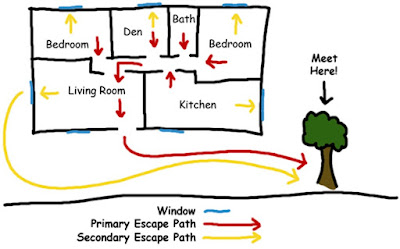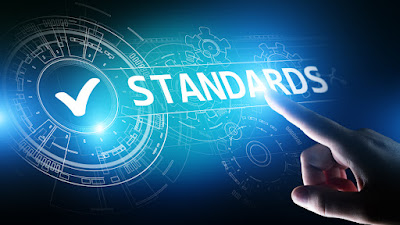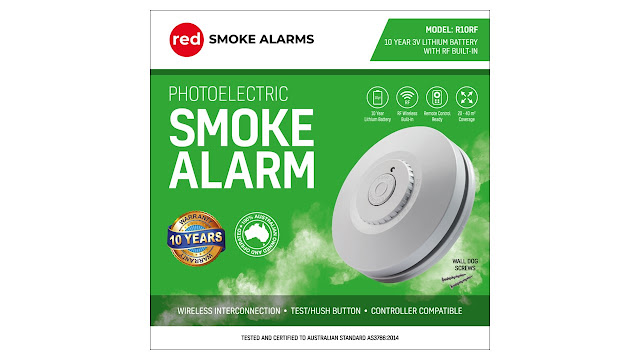Interconnected photoelectric smoke alarms and your home fire safety plan
There is no point waiting until a fire occurs before figuring
out what to do and where to go - especially when family members are involved.
Having a well developed and rehearsed fire safety plan will provide the occupants
crucial time to escape and could mean the difference between life and death. This
article will show you how to develop a home fire safety plan and demonstrate that
it needn’t be an onerous exercise.
Develop a floor plan and identify the emergency exit paths
Draw a basic floor plan of your house, including key
locations such as each person’s bedroom. Review the floor plan collectively
with all occupants of the dwelling – identify both the primary and secondary path
of exit so there are two means of escape for each person in the event of a fire.
Are there obstacles to negotiate such as large furniture? Are there ‘landmarks’
along the way which could assist if smoke has reduced visibility to zero? Are
there people in the home of various ages, differing physical mobility and
mental acuity?
Practice the home fire safety plan
Its one thing to talk about it, its another thing to
actually do it. Rehearse the home fire safety plan with ALL members of the household,
at least bi-annually. During the rehearsal, reduced visibility due to thick
smoke could be simulated by placing a blindfold on the occupant and have them
attempt to navigate the exit path in a controlled manner. Once outside the
building, everyone should assemble at the fire safety plan’s designated muster
point and perform an after action review. Time taken to escape the building can
be recorded and used as a performance benchmark for future rehearsals.
Interconnected smoke alarms and the home fire safety plan
Interconnected photoelectric smoke alarms should be installed
within your home and form part of the overall fire safety plan. Ensure they are
installed in very bedroom, communal hallway outside the bedrooms and at least
one on every floor, if in a multi-story building. Interconnected photoelectric
smoke alarms should be cleaned and maintained as per the manufacturer’s
recommendations. During the rehearsal of the fire safety plan, test the interconnected
photoelectric smoke alarms so they activate and everyone becomes acquainted
with their sound and meaning. Doing so may help lessen the sense of surprise or
shock in a real-life fire event, and it is particularly important for young
children who may not immediately associate the sound of a smoke alarm with danger.
Fire safety essentials
Rehearsing your home fire safety plan is a great opportunity
to impart basic fire safety essentials to family members and loved ones. You
may wish to include the following information in your home fire safety plan and
ensure it is understood by all;
- - Immediately phone triple zero 000 for Australian
emergency services.
- - Stay low to the ground to avoid inhaling toxic
smoke and fumes which generally rise.
- - Prior to opening a door, test it using the back
of the hand to ascertain if there is heat on the other side.
- - Close doors (but don’t lock) as you pass through
them to limit air supply and expansion of the fire.
- - Once outside at the designated muster point
perform a head count. Do not head back inside the burning building.



Comments
Post a Comment